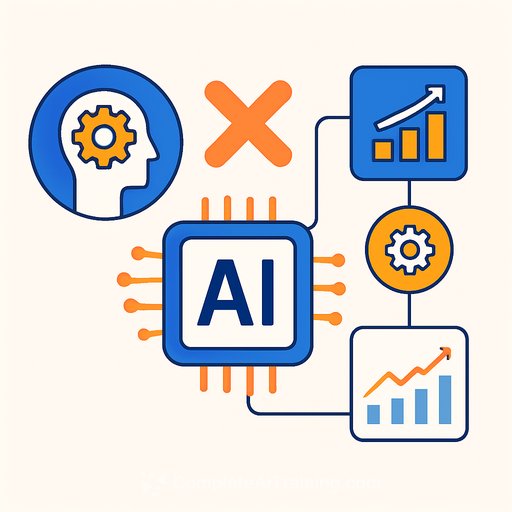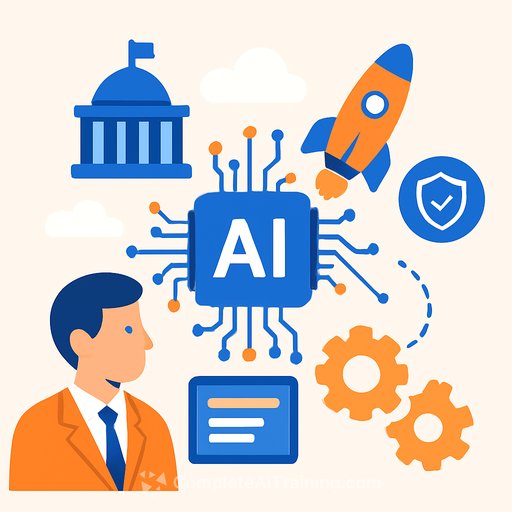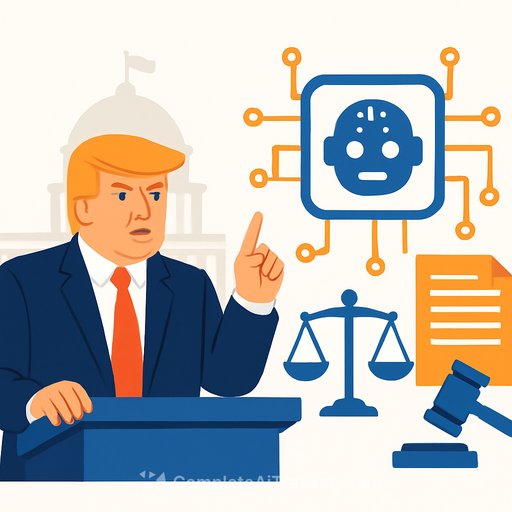Securing the AI Stack for Federal Missions
August 19, 2025
5 minute read time
The federal government is at a critical point in applying AI to strengthen mission assurance. Modernizing software pipelines for agencies and their contractors is essential to improve services like housing assistance, student aid, and medical benefits. Equally important, responsible AI use in national defense supports rapid innovation while keeping cybersecurity strong.
This article covers how mission assurance can speed up processes with automated compliance checks, focus on critical risks through risk-based controls, and build trust among agencies, contractors, and oversight bodies through transparency.
Federal Supply Chain Risks and the Push to Shift Left
Government agencies are actively adopting AI and exploring its potential. However, many lack the expertise to secure these systems properly. Using third-party data and pre-trained models can introduce hidden vulnerabilities. Opaque algorithms reduce traceability, and model drift may turn once-secure systems into liabilities. Without clear provenance and ongoing monitoring, biases can grow, and vulnerabilities can be exploited.
Just as open source software made tools more accessible but introduced risks, AI does the same. One compromised model can cause major issues or trigger congressional hearings.
Addressing these challenges requires industry-wide collaboration, including government leadership. Regulations like Executive Order 14028 and the Department of Defense’s SWFT initiative are reshaping how federal agencies embed security earlier in development. Agencies that proactively align with these mandates gain speed and resilience. Embedding controls and evidence directly into pipelines turns compliance into a routine part of engineering, not a last-minute effort.
AI Offers a Chance to Return to Basics
AI should be treated like open source software—a community-built resource that needs oversight. Extending software composition analysis to AI components gives a complete view of continuous integration and delivery (CI/CD) pipelines. Making this part of continuous monitoring and standard procedures helps deliver software faster, more efficiently, and more securely.
While cybersecurity laws specify what to achieve, they often don’t provide detailed guidance on how. The DoD’s SWFT initiative fills this gap by offering practical frameworks to meet compliance and security goals. This approach resembles the Continuous Diagnostics and Mitigation (CDM) program started in 2012, which began by increasing network visibility and matured to standardized risk measurement and reporting.
Securing the AI stack aligns with established open source security principles: ensuring trust, traceability, and governance throughout the software supply chain. Following sound CI/CD practices keeps organizations secure, resilient, and ahead.
Data Superiority and Automation as Multipliers
AI decisions depend on high-quality data. Validating datasets for origin, transparency, and integrity is mission-critical. This includes verifying that data is unaltered, free of hidden biases, and sourced from trusted providers.
Automation reduces manual effort by continuously monitoring data for anomalies or unauthorized changes. Access to precise, up-to-date datasets adds significant value, supported by resources like Maven Central for real-time insights.
By detecting new risks and breaches early—such as malware linked to North Korea’s Lazarus Group—organizations gain actionable intelligence. This proactive stance helps maintain security while accelerating innovation.
Automation also streamlines compliance checks and dependency scans in real time. This means agencies can meet mission deadlines without compromising security or cutting corners.
Currently, the authority to operate (ATO) process can take up to 18 months, which is too long for critical systems in defense, space, or emergency management. Automation can handle many control checks, leaving fewer for manual review. This reduces human error and speeds system deployment.
Building Trust and Traceability in AI Supply Chains
Automation that validates data, enforces policy, and generates Software Bill of Materials (SBOMs) to map model lineage and dependencies creates trust without sacrificing speed. Governance that monitors AI models in production helps maintain confidence among agencies, contractors, and oversight bodies.
When implemented correctly, mission assurance becomes an accelerator rather than a bottleneck. Automated compliance checks shorten ATO timelines, risk-based controls focus on the biggest threats, and transparency builds confidence across stakeholders.
For federal agencies and contractors balancing mission assurance with speed and innovation, practical guidance is available through industry webinars and resources.
To explore AI and machine learning adoption in government settings, consider checking out relevant AI courses and training that address compliance, automation, and security best practices.
Your membership also unlocks:










